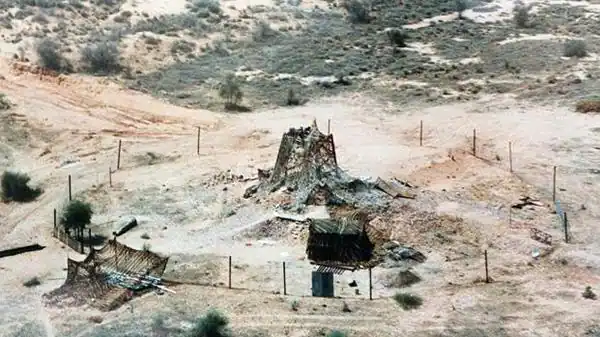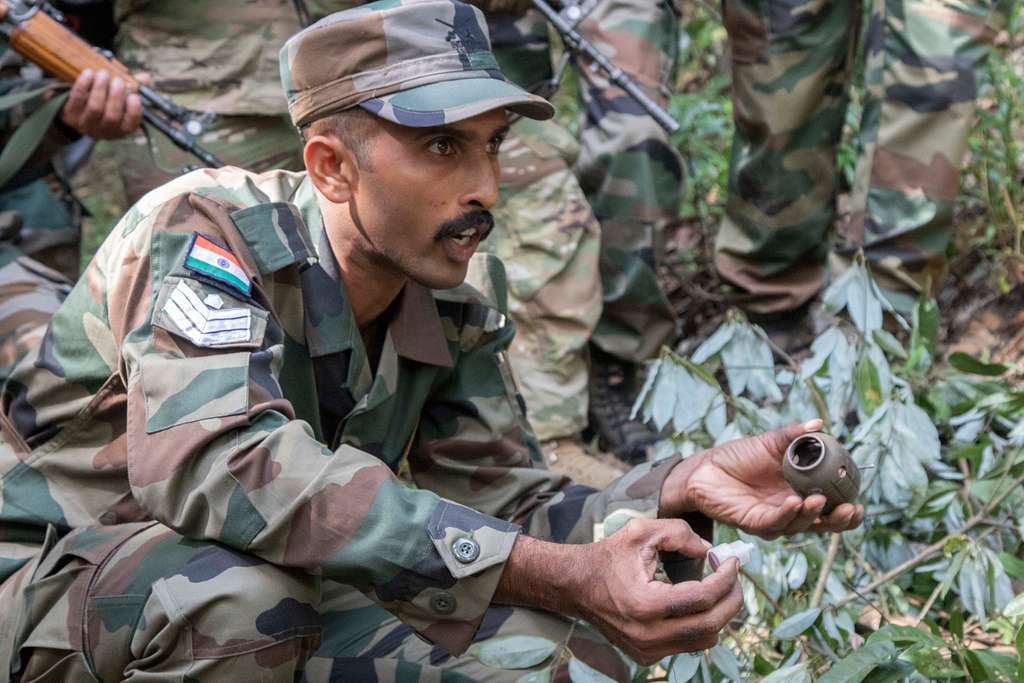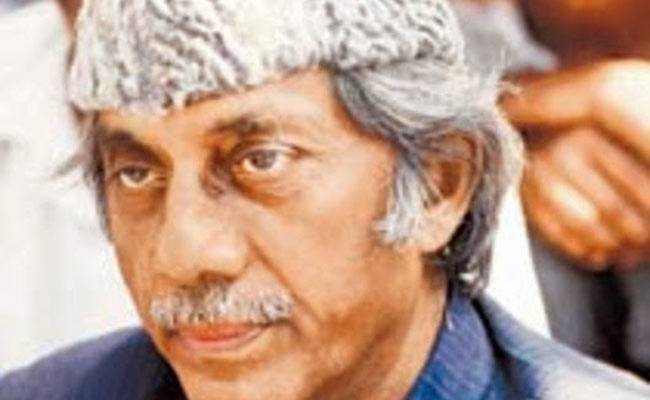The Shakti Nuclear Tests refer to a series of nuclear weapons tests conducted by India in May 1998. These tests marked a significant milestone in India’s nuclear weapons program and had far-reaching implications for regional and global security dynamics. In this comprehensive exploration, we will delve into the background leading up to the Shakti tests, the tests themselves, their impact on India’s security posture and international relations, as well as the broader implications for nuclear non-proliferation efforts.
Background:
India’s nuclear program traces its roots back to the 1940s and 1950s, with initial efforts focused on peaceful uses of nuclear energy under the leadership of Dr. Homi Bhabha. However, geopolitical tensions, particularly with neighboring China and Pakistan, spurred India to pursue nuclear weapons capabilities.
The Indo-China border war of 1962 and the Indo-Pakistan wars of 1965 and 1971 further underscored India’s security concerns, leading to covert development of nuclear weapons technology. Despite international pressure and sanctions, India conducted its first nuclear test, codenamed “Smiling Buddha,” on May 18, 1974, at the Pokhran Test Range in Rajasthan. This test established India as the sixth nuclear-armed state in the world.
Policy Shifts and International Context:
Following the 1974 test, India declared a voluntary moratorium on further nuclear testing, emphasizing a commitment to peaceful uses of nuclear energy and advocating for global nuclear disarmament. However, evolving security threats, including China and Pakistan’s nuclear capabilities and international non-proliferation regimes perceived as discriminatory, influenced India’s nuclear policy shifts.
The end of the Cold War and growing global nuclear disarmament discussions also played a role in shaping India’s strategic calculus. The Comprehensive Nuclear-Test-Ban Treaty (CTBT) negotiations in the 1990s and concerns about nuclear deterrence capabilities vis-à-vis regional adversaries influenced India’s decision-making regarding nuclear testing.
Shakti Nuclear Tests:
On May 11 and May 13, 1998, India conducted a series of nuclear tests under Operation Shakti at the Pokhran Test Range in Rajasthan. The tests included a total of five detonations, comprising a thermonuclear device (fusion bomb) and fission devices.
- Pokhran-II Tests: a. May 11, 1998: Three underground nuclear tests were conducted, including a thermonuclear device and two fission devices. b. May 13, 1998: Two additional fission device tests were conducted.
- Technological Significance: The Shakti tests demonstrated India’s advancements in nuclear weapons technology, including miniaturization, fusion capabilities, and improved weapon designs. The thermonuclear test, also known as a hydrogen bomb test, marked a significant leap in India’s nuclear capabilities.
International Reaction:
The Shakti nuclear tests sparked immediate international reactions and diplomatic repercussions:
- Global Criticism: The tests drew widespread condemnation from the international community, including major powers and nuclear-armed states. Concerns about nuclear proliferation, regional stability, and defiance of global non-proliferation norms were primary reasons for criticism.
- Sanctions and Isolation: Several countries, including the United States, imposed economic and military sanctions on India in response to the tests. India faced diplomatic isolation initially, with strained relations with key allies and trading partners.
- Nuclear Arms Race Concerns: The tests raised concerns about a potential nuclear arms race in South Asia, particularly given Pakistan’s subsequent nuclear tests in response to India’s actions. The international community intensified efforts to prevent further escalation and promote nuclear restraint in the region.
Domestic Response and Political Impact:
- National Pride and Security Perceptions: Domestically, the Shakti tests were largely celebrated as a demonstration of India’s scientific and technological prowess, national pride, and enhanced security capabilities. The tests bolstered public confidence in India’s ability to deter external threats.
- Political Ramifications: The nuclear tests had significant political ramifications within India, contributing to shifts in national security policies, strategic doctrines, and defense planning. The tests also influenced India’s nuclear posture, emphasizing credible minimum deterrence and no-first-use principles.
Nuclear Doctrine and Non-Proliferation Stance:
- Nuclear Doctrine: India’s nuclear doctrine, articulated after the Shakti tests, emphasizes a policy of credible minimum deterrence, no-first-use of nuclear weapons, and retaliation in case of nuclear aggression. This doctrine aims to maintain strategic stability while avoiding nuclear conflict.
- Non-Proliferation Stance: Despite conducting nuclear tests, India maintains a stance of advocating for global nuclear disarmament, non-discriminatory non-proliferation norms, and participation in global arms control and disarmament initiatives. India’s calls for nuclear restraint in South Asia and global disarmament efforts reflect its dual role as a nuclear-armed state and proponent of nuclear peace.
Impact on Regional Security Dynamics:
The Shakti tests and subsequent nuclearization of South Asia had profound implications for regional security:
- Nuclear Deterrence and Stability: India’s nuclear capabilities and Pakistan’s response led to a nuclear deterrence framework in South Asia, characterized by mutual deterrence, crisis stability mechanisms, and heightened risk perceptions.
- Arms Control and Confidence-Building Measures: The tests underscored the importance of arms control agreements, confidence-building measures (CBMs), and diplomatic dialogues to manage nuclear risks, prevent crises, and promote strategic stability in the region.
Global Nuclear Order and Non-Proliferation Regimes:
- Non-Proliferation Challenges: The Shakti tests highlighted challenges to global non-proliferation regimes, including the Nuclear Non-Proliferation Treaty (NPT) and CTBT. India’s status as a nuclear-armed state outside the NPT framework raised debates about nuclear norms, disarmament obligations, and multilateralism.
- Global Response and Engagement: The international community’s response to the Shakti tests spurred dialogues on nuclear disarmament, non-proliferation norms, and engagement with non-signatories like India. Efforts to bridge gaps between nuclear-armed and non-nuclear-weapon states intensified, albeit with challenges and divergent perspectives.
Conclusion:
The Shakti Nuclear Tests of May 1998 represented a watershed moment in India’s nuclear history, signaling technological achievements, security imperatives, and diplomatic challenges. While the tests faced international criticism and sanctions, they also galvanized India’s nuclear doctrine, strategic posture, and contributions to global nuclear debates. The legacy of the Shakti tests encompasses India’s dual role as a responsible nuclear-armed state advocating for disarmament while safeguarding national security interests in a complex global security landscape. Ongoing efforts for nuclear restraint, dialogue, and confidence-building remain essential for maintaining regional stability and advancing global non-proliferation goals in the post-Shakti era.






